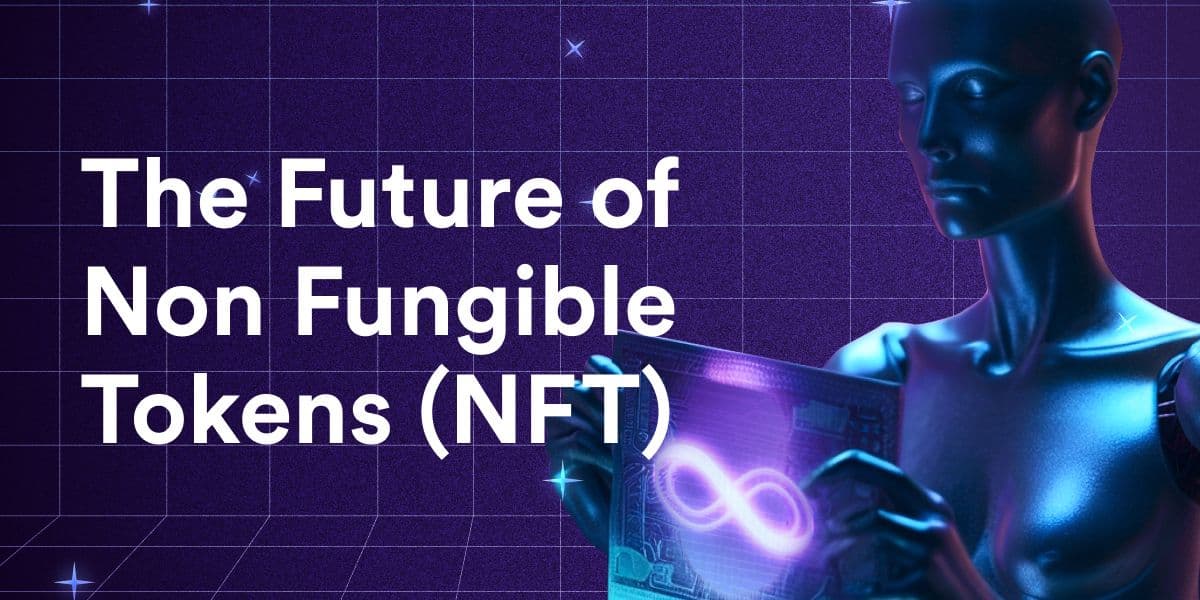The future of NFTs; Exploring Non-Fungible Tokens on the Internet Computer Protocol
April 12, 2024

During the COVID period, Non-Fungible Token was one major digital phenomenon that exploded in 2021. It was a trend that attracted the attention of artists, investors and blockchain enthusiasts. It reshaped the world of blockchain and cryptocurrency and made a couple of people wealthy in the blockchain space.
Fast forward to 2024, quite a number of people are beginning to ask; how relevant are NFTs as we are no longer in the hype phase? Are the speculations of NFTs being dead, true? In this article, we’ll delve into the future of NFTs and hopefully, you get your answers to these questions.
For those coming across the word for the first time, NFT or Non-Fungible Token is a blockchain record that corresponds to a specific digital or physical item or asset such as digital art, music, or videos. The unique digital representation on a blockchain enables NFTs to both verify ownership and be exchanged. Unlike traditional digital files, NFTs are unique, encoded, and verified on a blockchain, ensuring their authenticity and scarcity.
This concept is similar to physical art, where only the original holds true value. The blockchain acts as a public ledger, recording every transaction and transfer of ownership, ensuring transparency and immutability, It ensures the authenticity of NFTs. This feature distinguishes the original NFTs from copies, making sure the value of the original remains intact and easily identifiable.
The Internet Computer Protocol offers significant potential for NFTs, allowing digital assets like images, sound clips, and videos to live on-chain and be integrated into on-chain games or metaverse experiences. Dynamic NFTs can change based on ICP internal and external data via HTTPS outcalls. The defining characteristic of NFTs is their permanence and immutability, with design decisions like the reverse-gas model and the upgradability of canister smart contracts requiring NFT developers to be aware. An NFT implementation typically consists of a registry, ledger, and asset, which can be spread across multiple canisters or individual assets.
NFTs have enabled a wide range of different use cases, since the ownership of an NFT can be verified via the blockchain and cannot be spoofed or faked. Just a few use-cases for NFTs include:
- Providing a way to buy, sell, or trade unique artwork or collectables.
- Providing a way to buy digital assets, such as domain names or virtual worlds.
- Providing exclusive membership to gated content for users who purchase an NFT from a specific collection.
- Providing proof of ownership for real-world tangible assets, such as property.
- Providing proof of documents, such as an identification card or driver's license.
- Providing a way for content creators to monetize the content they create by minting it as an NFT.
You can follow the link to read more on how to create and deploy NFTs on the Internet Computer Protocol.
The NFT market has experienced a significant downturn, but the concept of digital ownership and NFTs still holds potential. The enduring value of some original NFTs suggests that the concept of digital ownership still holds appeal. The foundational technology of blockchain technology provides authenticity, scarcity, and security in the digital world, making NFTs have a potential utility beyond the speculative art market. CryptoPunks, one of the first major NFT collections launched on Ethereum, still holds significant value due to its historical significance and digital rarity.
NFTs have potential applications in digital identity, property rights in virtual worlds, and authenticating and monetising digital content for creators in music, literature, and other arts. The market's downturn has highlighted the need for greater regulation, transparency, and a focus on sustainable practices. The intersection of NFTs with emerging technologies like AR and VR presents new opportunities, as NFTs can bridge the digital and physical realms in "metaverses."
So is there still a future for NFTs? Absolutely. Technology is a revolution and like every revolution, there is always a downside, but with a significant cause like the potential use cases of NFTs, it will definitely thrive.